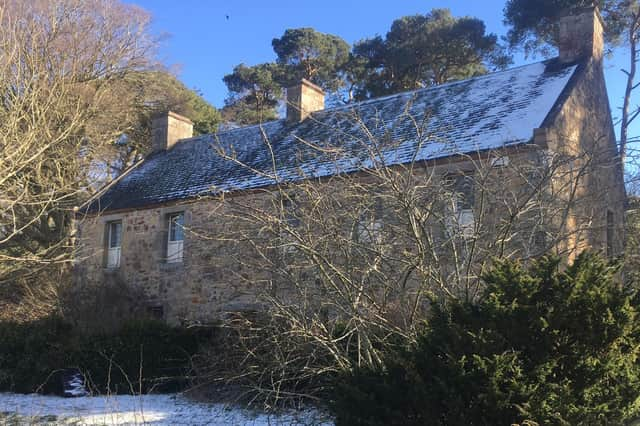History of Covenanters' House


The future of this historic building remains to be decided but we do at least know much about its past.
In 1975, Greenhill was removed by the Trust and the Manpower Services team, leading to a stone by stone reconstruction at Burnbraes.
Advertisement
Hide AdAdvertisement
Hide AdBrian Lambie decided to take Greenhill to Biggar as part of the creation of a heritage park. The Mill and Greenhill were part of this plan, drawn up by Ross Noble for Biggar Museum Trust.
What made Greenhill so appealing was the fact that it was virtually intact. Also crucial, apart from the funding, was the willingness of the local farmer Mr White to grant permission for its removal.
The Greenhill story is told in detail in Robert Sommerville’s book on Traditions of the Covenanters. The events described in the book took place in 1680 when Mrs Renton, popularly known as Lady Greenhill, lived there. She was given this title as she was the sole owner of the property, her husband having predeceased her.
Donald Cargill and other prominent Covenanters used Greenhill as a safe house when escaping from the Government Dragoons.
Advertisement
Hide AdAdvertisement
Hide AdIn late August 1680 a troop of Dragoons was dispatched to arrest Lady Greenhill; they banged at the door and were greeted by a plainly dressed woman. They asked where Lady Greenhill was and she replied ‘I am Lady Greenhill.’
The troops laughed; she calmly continued with her cooking while they ransacked the house before heading back to Lanark.
An excavation undertaken by Lanark and District Archaeological Society at Wiston for the Museum Trust did not result in many finds, apart from some 17th century pottery, glass, a small copper coin, the bottom of a copper candlestick and a couple of clay pipe bowls.
These used to be exhibited in one of the upstairs rooms along with an early 17th century bed, now in the new museum.
It is very much to be hoped that some way can be found of preserving this important part of Scotland’s heritage.